In the fascinating world of reptiles, geckos stand out for their remarkable adaptation known as tail autotomy – the ability to deliberately detach their tail when threatened. This evolutionary marvel serves as a crucial survival mechanism, allowing these small lizards to escape predators and live another day. While seemingly dramatic to human observers, this natural process is perfectly normal in the gecko world. However, when it happens to a pet gecko, it can be concerning for owners who may not understand what’s happening or how to properly care for their tailless friend. This article explores the science behind gecko tail loss, the regeneration process, and provides comprehensive guidance for pet owners facing this situation.
The Science of Autotomy: Why Geckos Drop Their Tails
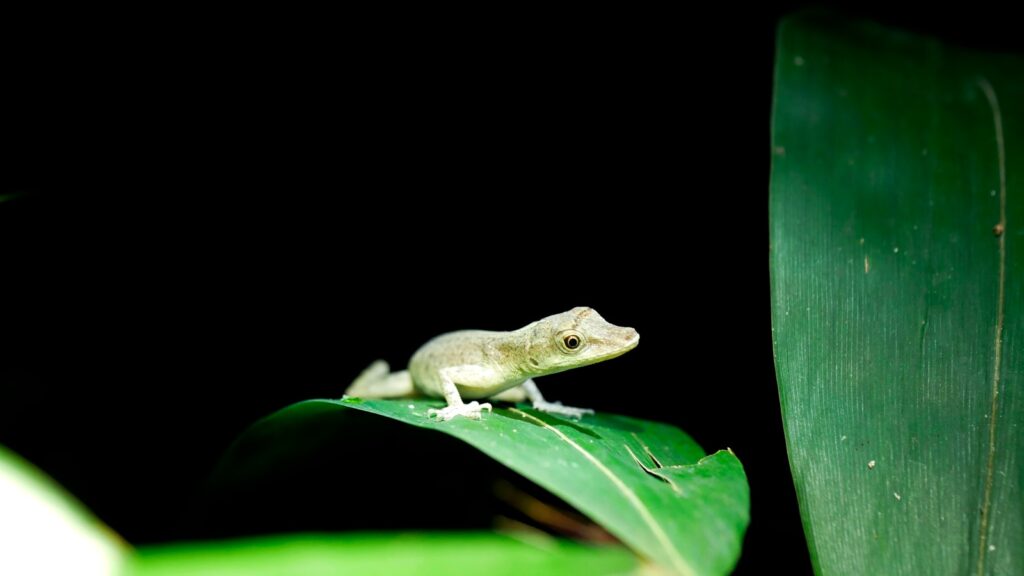
Autotomy, derived from Greek words meaning “self” and “cutting,” is a deliberate self-amputation defense mechanism that has evolved in various animals, including geckos. When a gecko feels threatened or is grabbed by its tail, specialized fracture planes within the tail vertebrae allow for a clean break at specific points. This process involves the contraction of muscles that essentially sever the tail, requiring minimal force from the predator. The detached tail continues to wiggle vigorously for several minutes, creating a distracting decoy that draws the predator’s attention while the gecko escapes. This remarkable adaptation demonstrates the intricate evolutionary solutions that have developed to enhance survival in these small reptiles.
Not All Geckos Are Created Equal: Species Differences
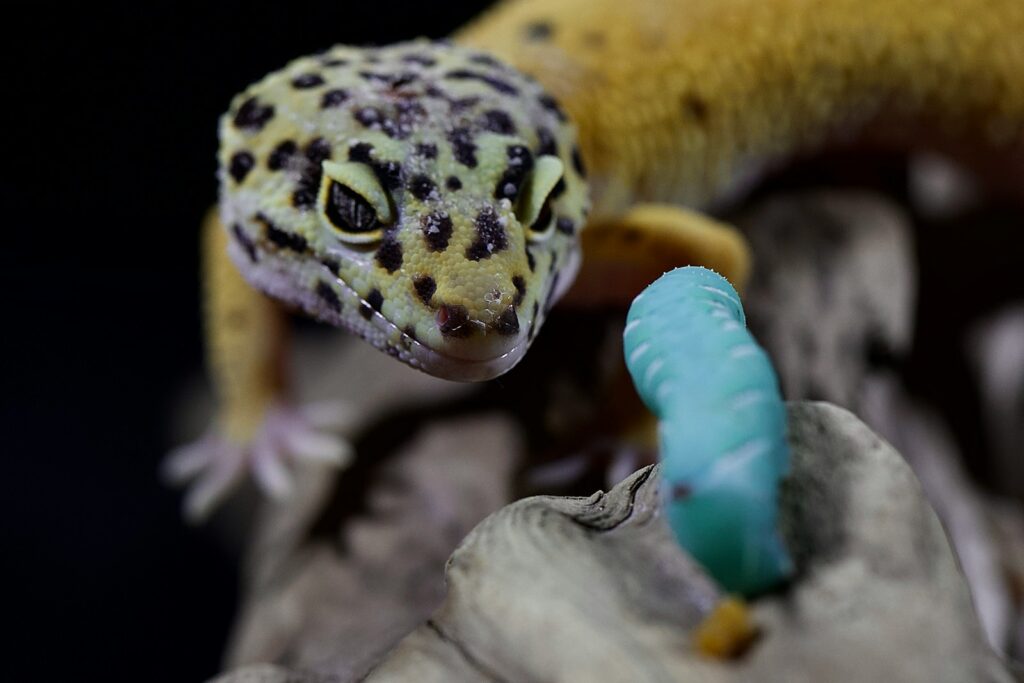
While tail autotomy is common among geckos, not all species possess this ability to the same degree. Crested geckos, for instance, can drop their tails but cannot regenerate them, permanently remaining tailless after the event. Leopard geckos, on the other hand, are well-known for both easily dropping their tails and successfully regrowing them, though the regenerated tail usually looks different from the original. Fat-tailed geckos can also regenerate their tails, but they tend to drop them less readily than leopard geckos, possibly because their tails store vital fat reserves. Day geckos, with their vibrant green coloration, possess very delicate skin and will drop their tails with minimal handling, making them particularly challenging pets for those wanting to handle their reptiles frequently.
Stress and Handling: Common Causes of Tail Loss

Improper handling is perhaps the most common reason pet geckos lose their tails in captivity. Grabbing or restraining a gecko by its tail creates the exact scenario this defense mechanism evolved to address, and the gecko will likely drop its tail as a reflexive survival response. Beyond direct handling issues, chronic stress from factors such as inappropriate housing conditions, excessive noise, or the presence of other pets can trigger tail dropping even without physical contact. New environments can also cause significant stress, which is why recently acquired geckos are particularly prone to dropping their tails during the acclimation period. Additionally, aggressive interactions between geckos housed together, particularly males competing for territory or resources, frequently result in tail loss as they may bite each other’s tails during confrontations.
The Moment of Separation: What Actually Happens
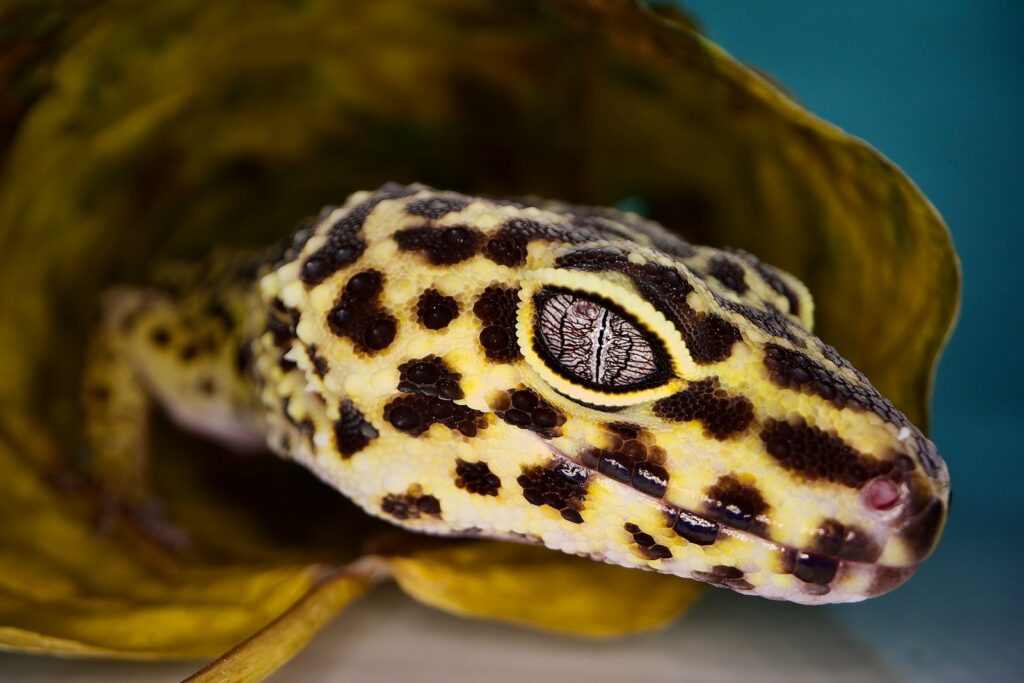
The process of tail separation is a remarkably efficient physiological event that occurs within seconds. When triggered, specialized muscles contract asymmetrically along fracture planes in the gecko’s tail vertebrae, causing the tail to detach at a precise breaking point. These fracture planes are natural weak spots in the vertebrae, specifically evolved for this purpose. Immediately upon separation, sphincter muscles rapidly constrict blood vessels at the wound site, preventing significant blood loss in a natural form of hemostasis. The detached tail, containing its own nerve networks, continues to twitch and flail energetically, sometimes for up to 15 minutes, drawing predator attention away from the gecko. This entire system represents one of nature’s most sophisticated defense mechanisms, allowing for emergency escape with minimal physical damage to the animal.
Immediate First Aid: What to Do When Your Gecko Drops Its Tail
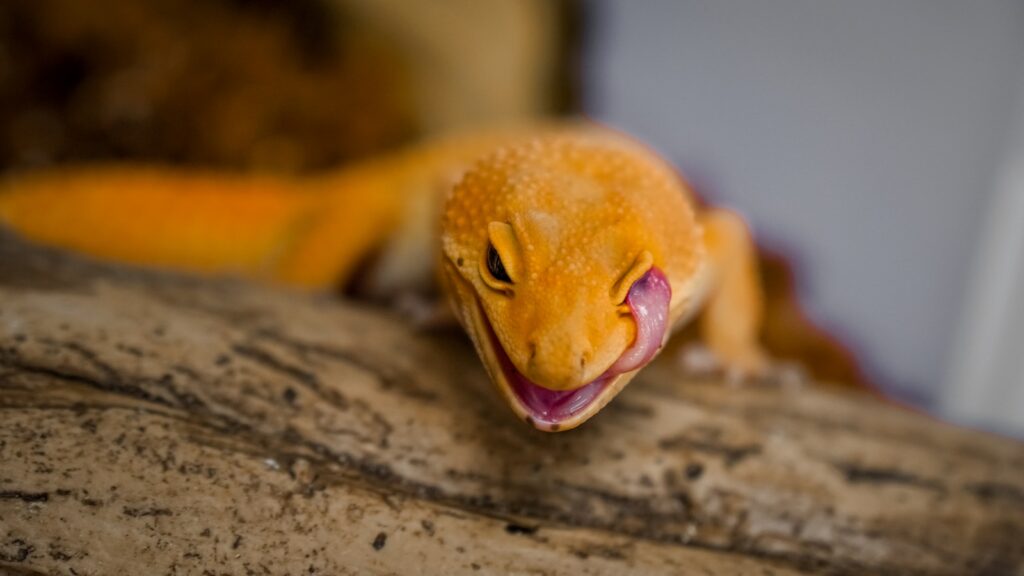
When a pet gecko drops its tail, the first priority is minimizing stress to prevent further complications. Immediately cease handling the gecko and return it to its enclosure, ensuring all habitat parameters like temperature and humidity are optimal for recovery. While the gecko’s natural hemostatic response typically prevents significant bleeding, occasionally a small amount of spotting may occur; this is normal and rarely requires intervention. The wound site should be monitored for the first 24-48 hours for any signs of infection, such as excessive redness, swelling, or discharge, though complications are uncommon in clean enclosures. During this initial recovery period, avoid unnecessary habitat disturbances, maintain a quiet environment, and consider temporarily covering part of the enclosure to create a greater sense of security for your recovering pet.
The Regeneration Timeline: What to Expect
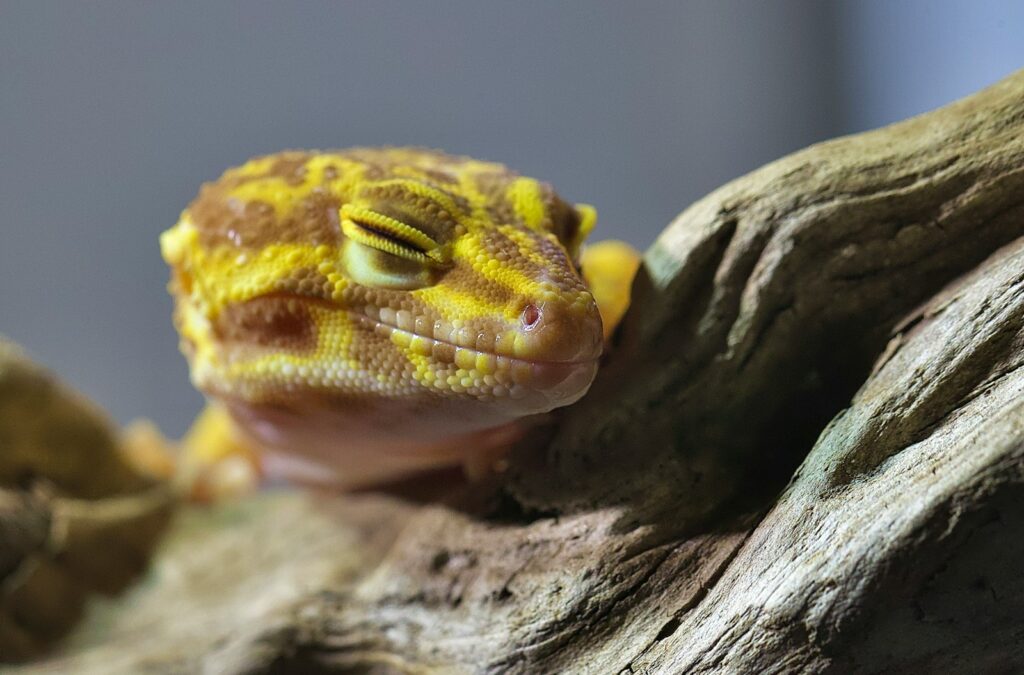
The tail regeneration process follows a predictable timeline, beginning with the formation of a wound epithelium over the amputation site within 24 hours after tail loss. Within the first week, a small, rounded blastema (a mass of dedifferentiated cells) forms at the tail stump, marking the beginning of the regrowth process. By weeks two to three, a small, conical tail bud becomes visible and will gradually elongate as the regeneration continues. Around the one-month mark, pattern and color begin to develop on the new tail, though it typically appears different from the original, often shorter, thicker, and with altered color patterns or scaling. Complete regeneration typically takes three to four months, depending on the gecko’s age, health status, and species, with younger geckos generally regenerating more quickly and completely than older individuals.
Nutritional Support During Regeneration

Growing a new tail requires significant nutritional resources, making a proper diet essential during the regeneration period. Increase protein intake slightly by offering high-quality feeders such as gut-loaded crickets, dubia roaches, and mealworms to support tissue regeneration. Calcium supplementation becomes particularly critical during this time, as the new tail growth demands substantial calcium resources that could otherwise be depleted from the gecko’s bones; dust feeders with a quality calcium supplement containing vitamin D3 at every feeding during regeneration. Ensure consistent hydration by misting the enclosure appropriately for your species and maintaining a shallow water dish. Some owners find that offering smaller, more frequent meals rather than larger, less frequent feedings helps maintain steady nutrient availability during this energy-intensive regrowth period.
Environmental Considerations for Recovery

The recovery environment plays a crucial role in successful tail regeneration and overall health following autotomy. Maintain precise temperature gradients according to your gecko species’ requirements, as proper thermoregulation is essential for immune function and metabolic processes that support healing. Ensure the substrate is clean and particle-free to prevent wound contamination; for species typically kept on loose substrates, temporarily switching to paper towels or reptile carpet during the initial healing phase can reduce infection risk. Provide additional secure hiding places throughout the enclosure, as tailless geckos often feel more vulnerable and seek security more frequently. For species that climb, ensure that branches and climbing surfaces are stable and appropriately sized to accommodate a gecko that may temporarily have altered balance without its tail, preventing falls that could cause additional injury.
Behavioral Changes to Watch For
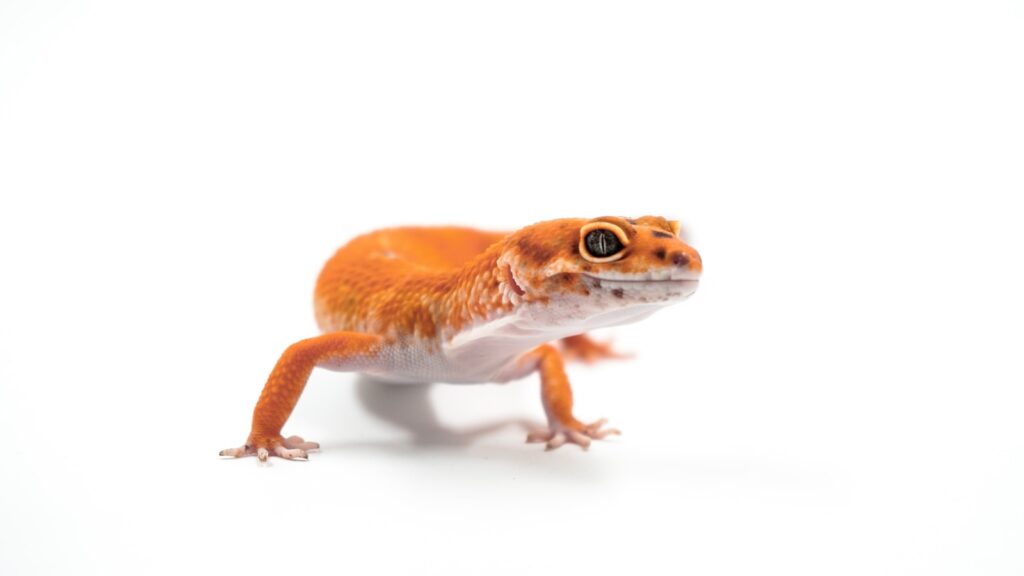
Geckos typically exhibit several behavioral changes after losing their tails that owners should be aware of as part of normal adjustment. Initially, increased hiding behavior is common as the gecko feels more vulnerable without its tail, which served both as a defense mechanism and a fat storage organ. Appetite may temporarily decrease immediately following tail loss but should return to normal within a few days; persistent appetite loss warrants veterinary attention. Movement patterns often change as the gecko adapts to altered balance without its tail, sometimes appearing slightly awkward or hesitant, particularly when climbing or jumping. Some geckos may exhibit increased defensiveness or skittishness during the recovery period, reacting more strongly to sudden movements or attempts at handling, which owners should respect by minimizing unnecessary interactions until the gecko has fully adjusted to its new condition.
When to Seek Veterinary Care
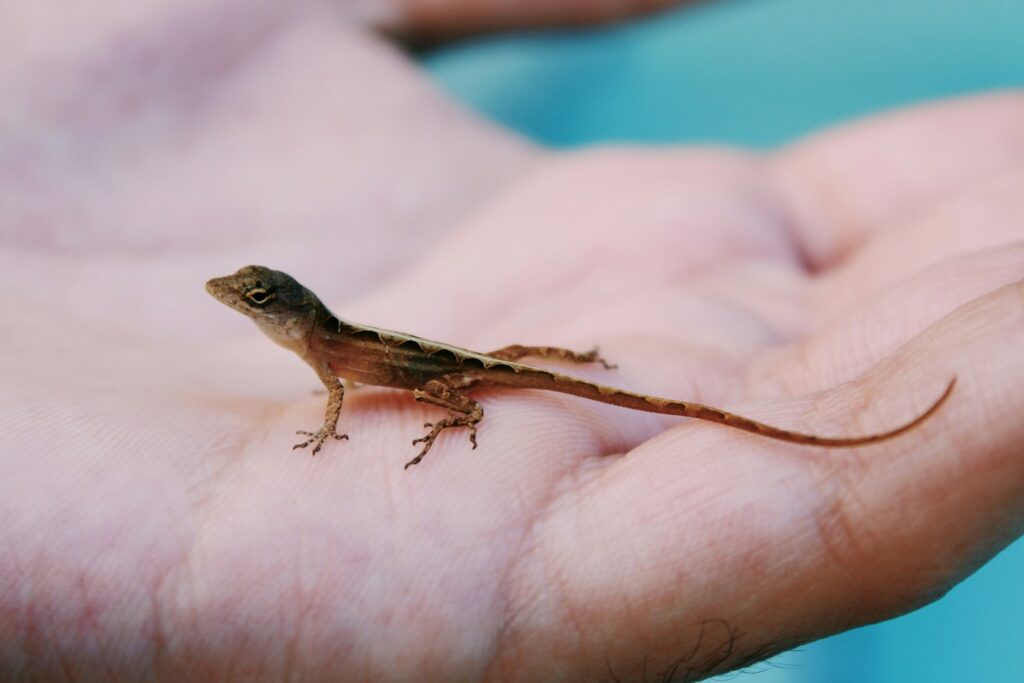
While tail loss is a natural process for geckos, certain complications may necessitate professional medical intervention. Seek veterinary care immediately if you observe continued bleeding from the tail stump beyond the first few hours after autotomy, as this could indicate an underlying coagulation problem. Signs of infection, including swelling, redness, discharge, or unusual odor from the wound site require professional treatment, as do any behavioral changes like lethargy, prolonged appetite loss extending beyond a few days, or weight loss. Multiple tail drops within a short period may indicate serious underlying stress or health issues that should be addressed by an experienced reptile veterinarian. Additionally, if the tail detachment appears incomplete or irregular, with tissue seemingly hanging or improperly separated, veterinary assistance is necessary to prevent infection and ensure proper healing.
Preventing Future Tail Loss
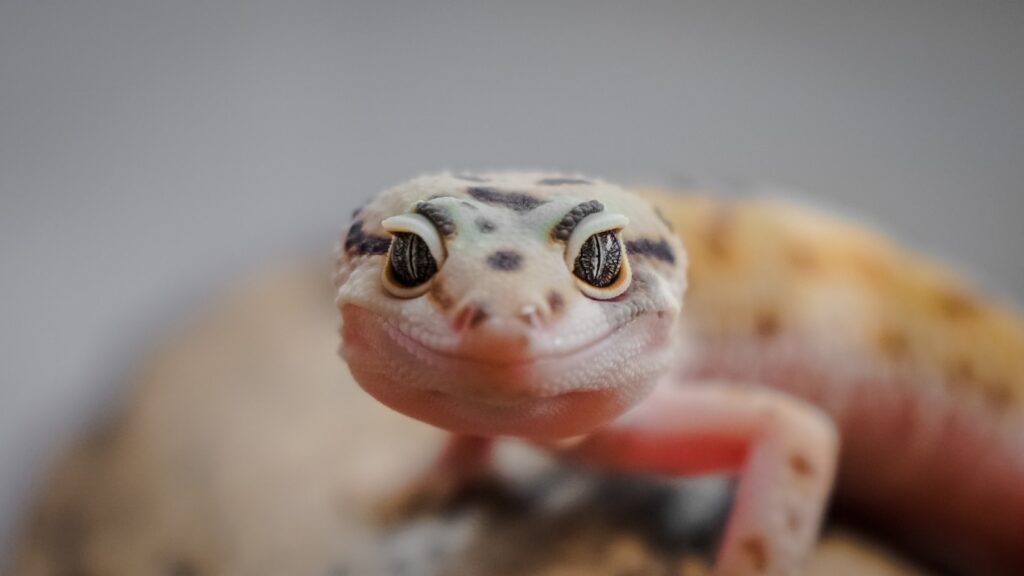
Preventing repeated tail loss focuses primarily on minimizing stress and creating appropriate handling protocols for your gecko. Always support a gecko’s body fully when handling, never grabbing or restraining by the tail, and consider using specific handling techniques appropriate for your species, such as gently scooping leopard geckos from below. Optimize their habitat by providing proper temperature gradients, multiple secure hiding spots, and appropriate substrate to reduce chronic stress. When introducing new geckos to the collection, use proper quarantine procedures and gradually acclimate them to reduce stress-induced tail dropping. Carefully evaluate cohabitation arrangements, as many gecko species are solitary by nature and may experience stress or territorial aggression when housed together, with males being especially prone to conflict that can lead to tail loss.
Special Considerations for Specific Gecko Species
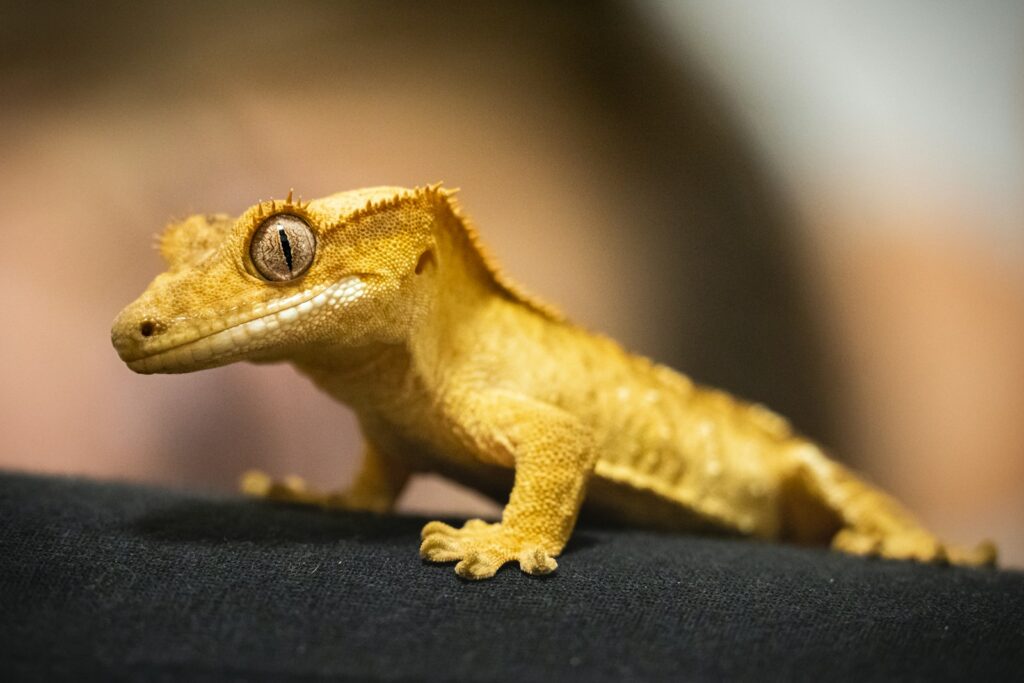
Each gecko species has unique considerations following tail loss that owners should understand. Crested geckos will remain permanently tailless after dropping their tail, potentially affecting their ability to regulate fat storage, but most adapt well to this condition with proper care. Leopard geckos store significant fat reserves in their tails, so temporary nutritional adjustments may be necessary after tail loss to compensate until regeneration occurs. African fat-tailed geckos experience more significant metabolic impacts from tail loss due to their heavy reliance on tail fat storage, requiring careful nutritional management during regeneration. Arboreal species like day geckos and tokay geckos may need habitat modifications following tail loss, as their tails assist with balance and climbing; providing more horizontal branches and reducing enclosure height temporarily can help prevent falls while they adjust to moving without their tail.
The Altered Appearance: Understanding the Regenerated Tail
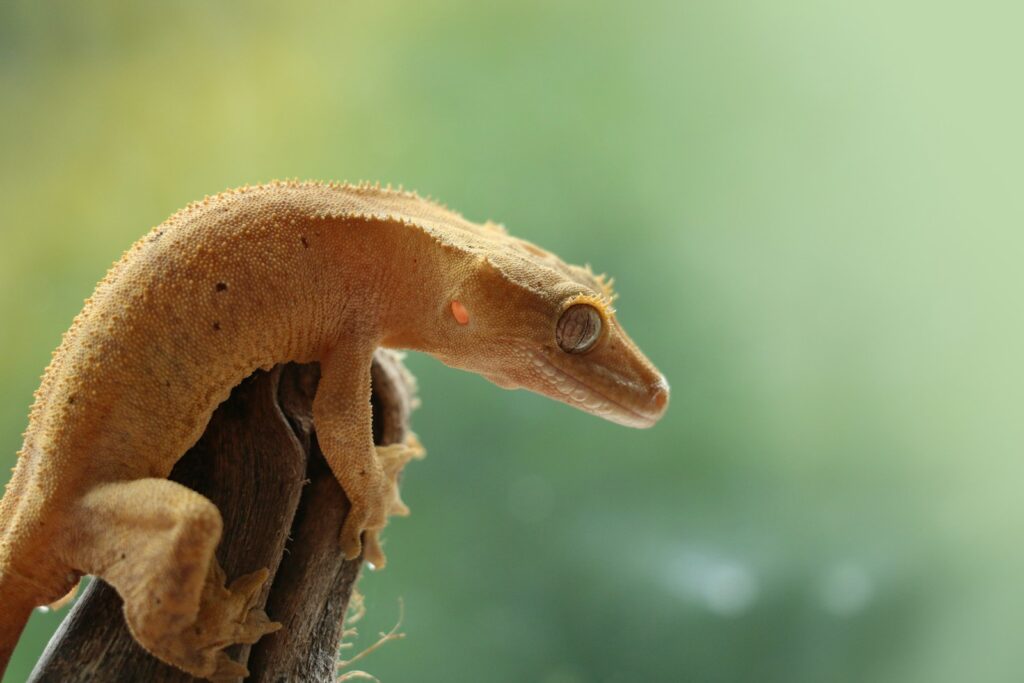
The regenerated tail typically differs noticeably from the original in both appearance and function. Unlike the original tail, which contains vertebrae, the regenerated structure forms around a cartilaginous rod rather than true bone, giving it a different flexibility and movement pattern. The new tail often appears shorter and thicker than the original, with a more uniform, less tapered shape that gecko enthusiasts sometimes refer to as a “carrot tail.” Coloration and patterning on the regenerated tail frequently differ from the original, sometimes dramatically, with more solid coloring and less distinct patterns. The scales on the regenerated portion may appear different in size, shape, or arrangement compared to the original tail, creating a visible “seam” where regeneration began, which serves as a permanent record of the autotomy event throughout the gecko’s life.
In conclusion, tail autotomy in geckos represents a fascinating evolutionary adaptation that, while alarming to new owners, is a normal part of these reptiles’ defense mechanisms. Understanding why geckos drop their tails, how to provide proper care during recovery, and how to prevent future occurrences helps ensure these remarkable pets live long, healthy lives. By creating low-stress environments, practicing proper handling techniques, and providing appropriate nutritional support, gecko owners can minimize tail loss incidents and support successful regeneration when they do occur. Whether your gecko sports an original tail or a regenerated one, these resilient creatures continue to captivate us with their extraordinary adaptations and remarkable recovery abilities.

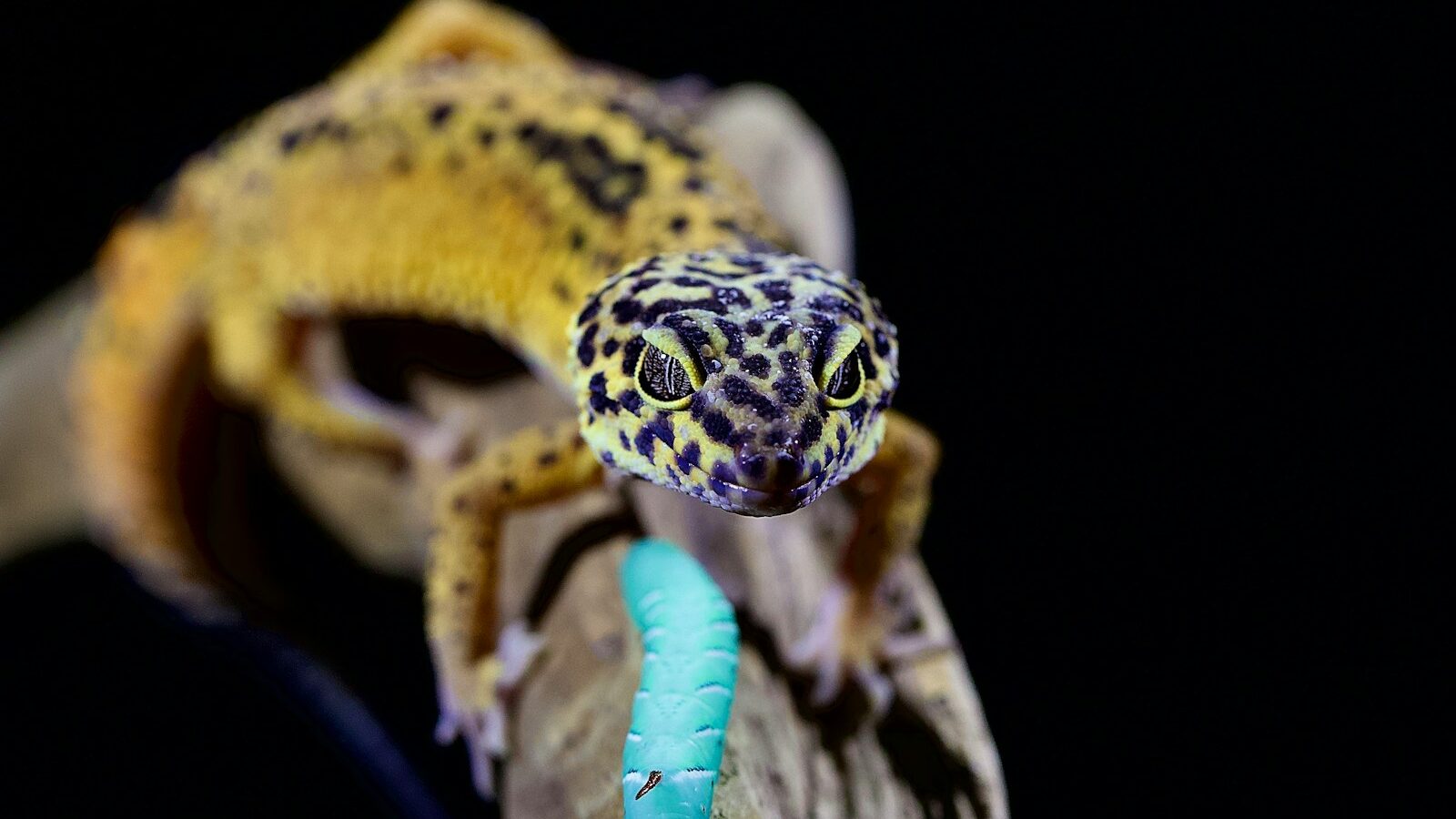


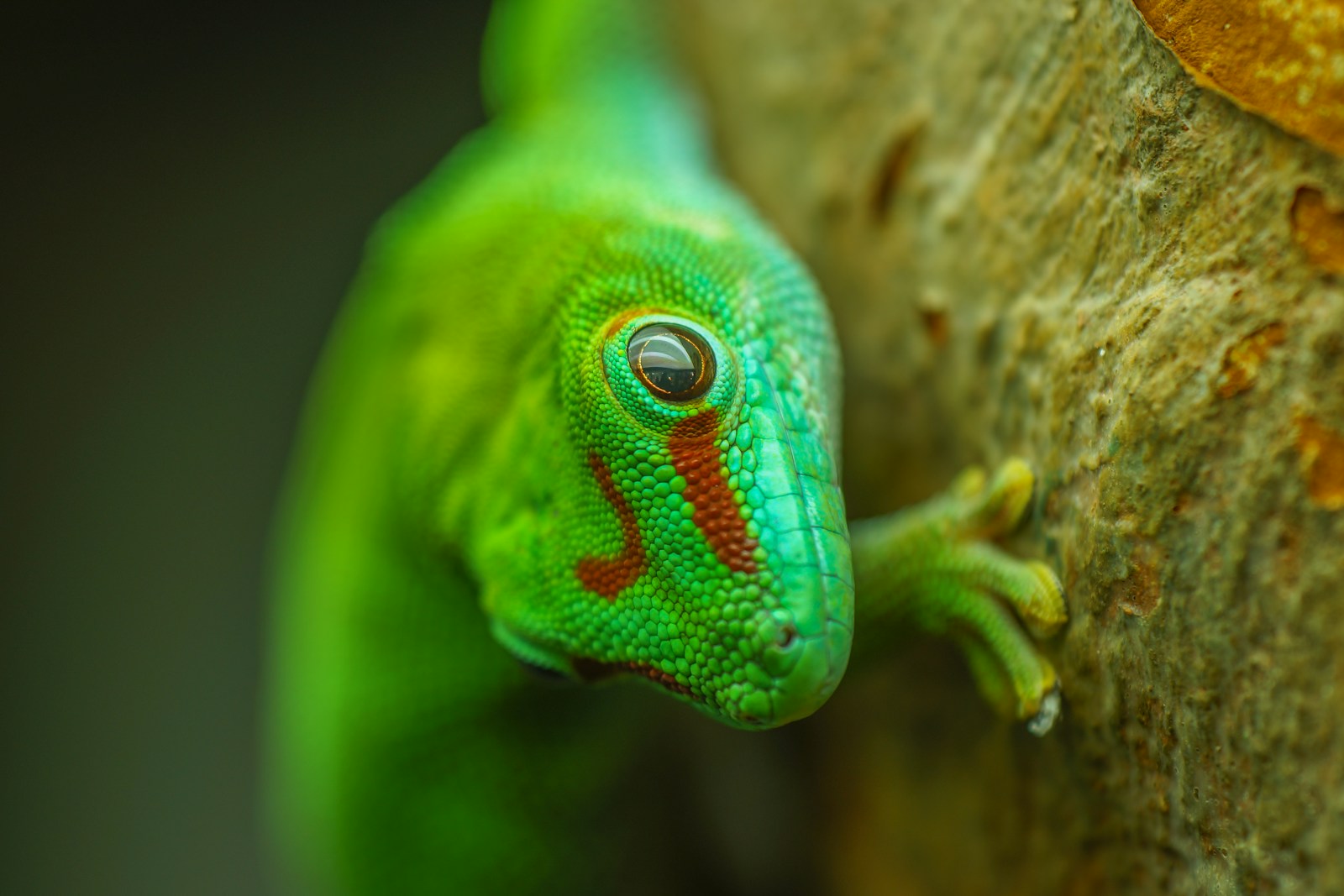
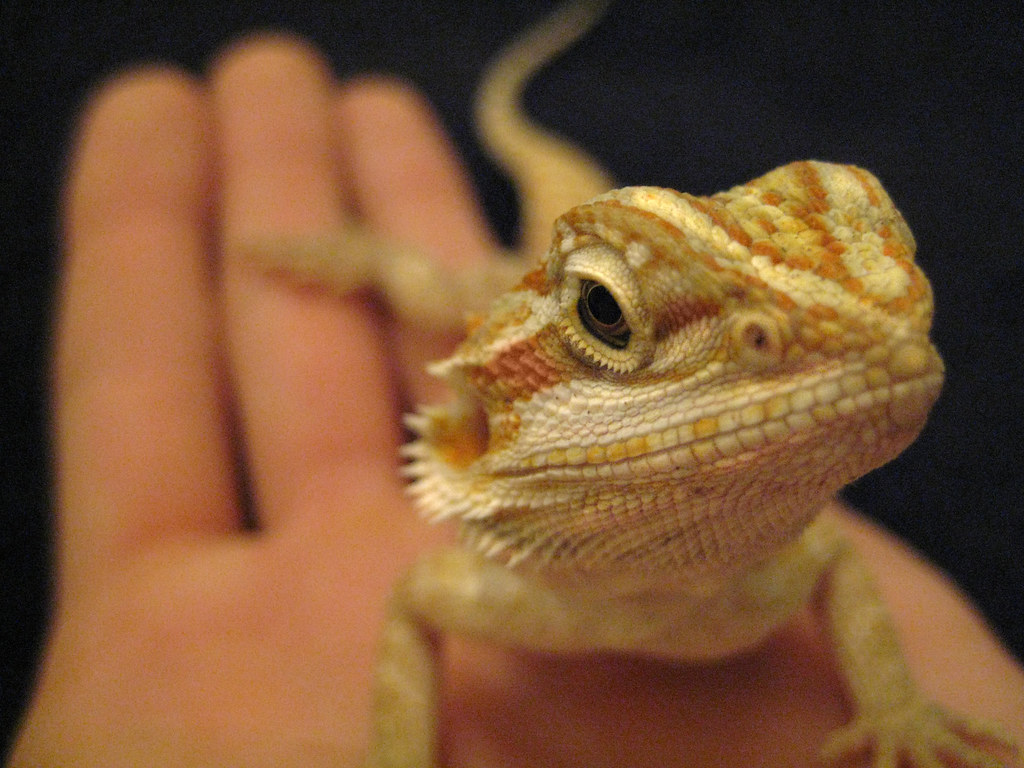

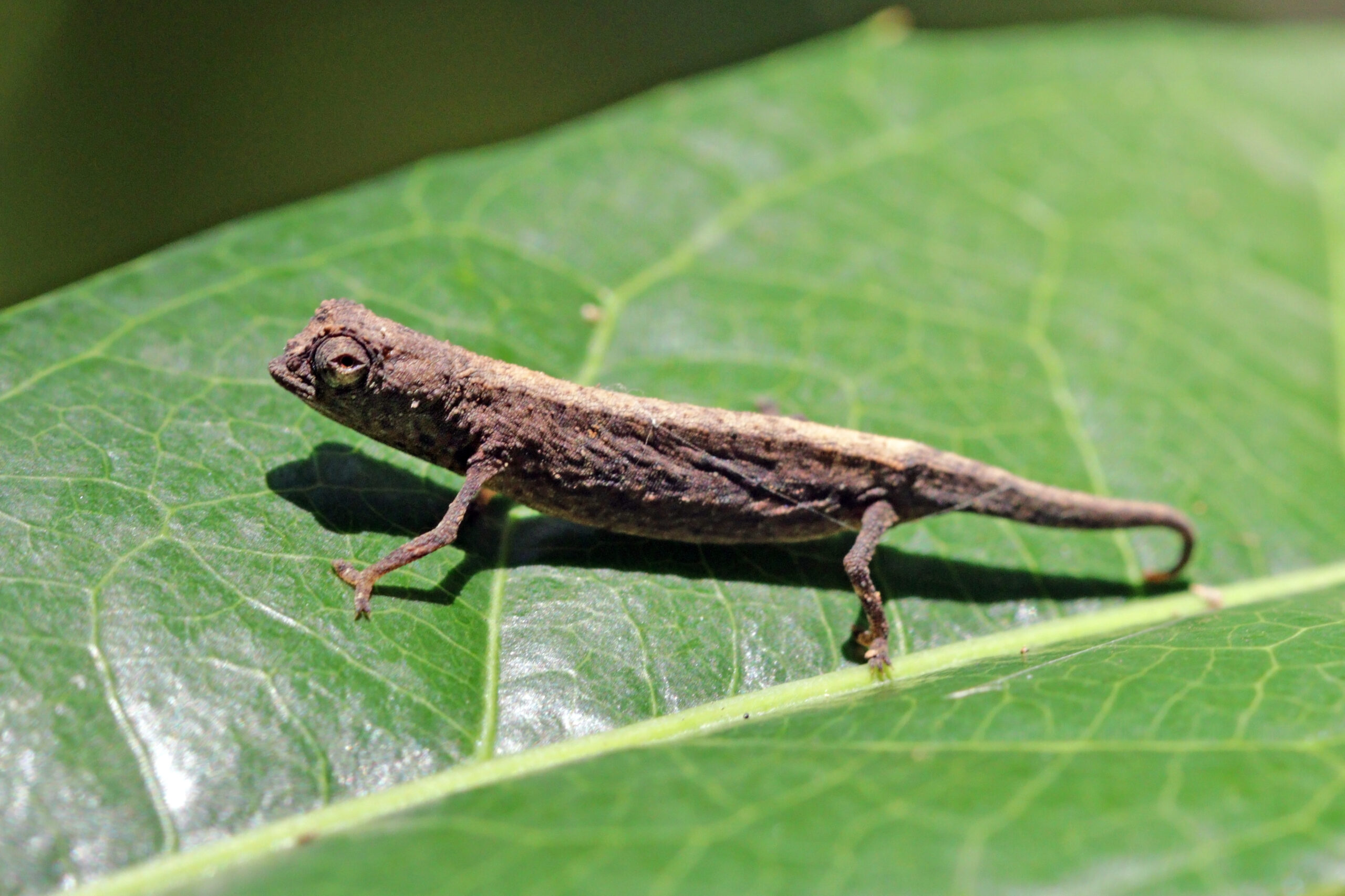

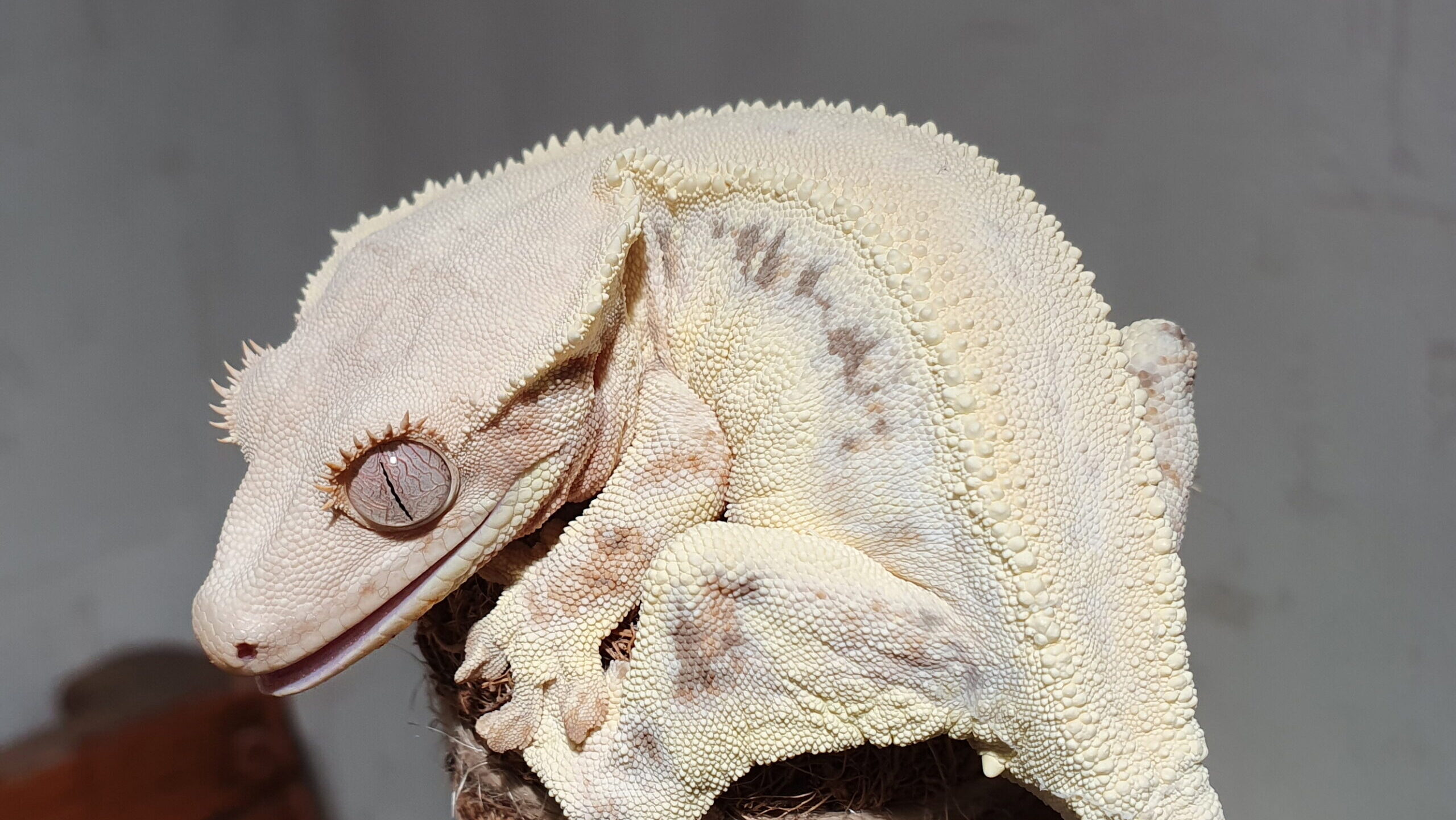
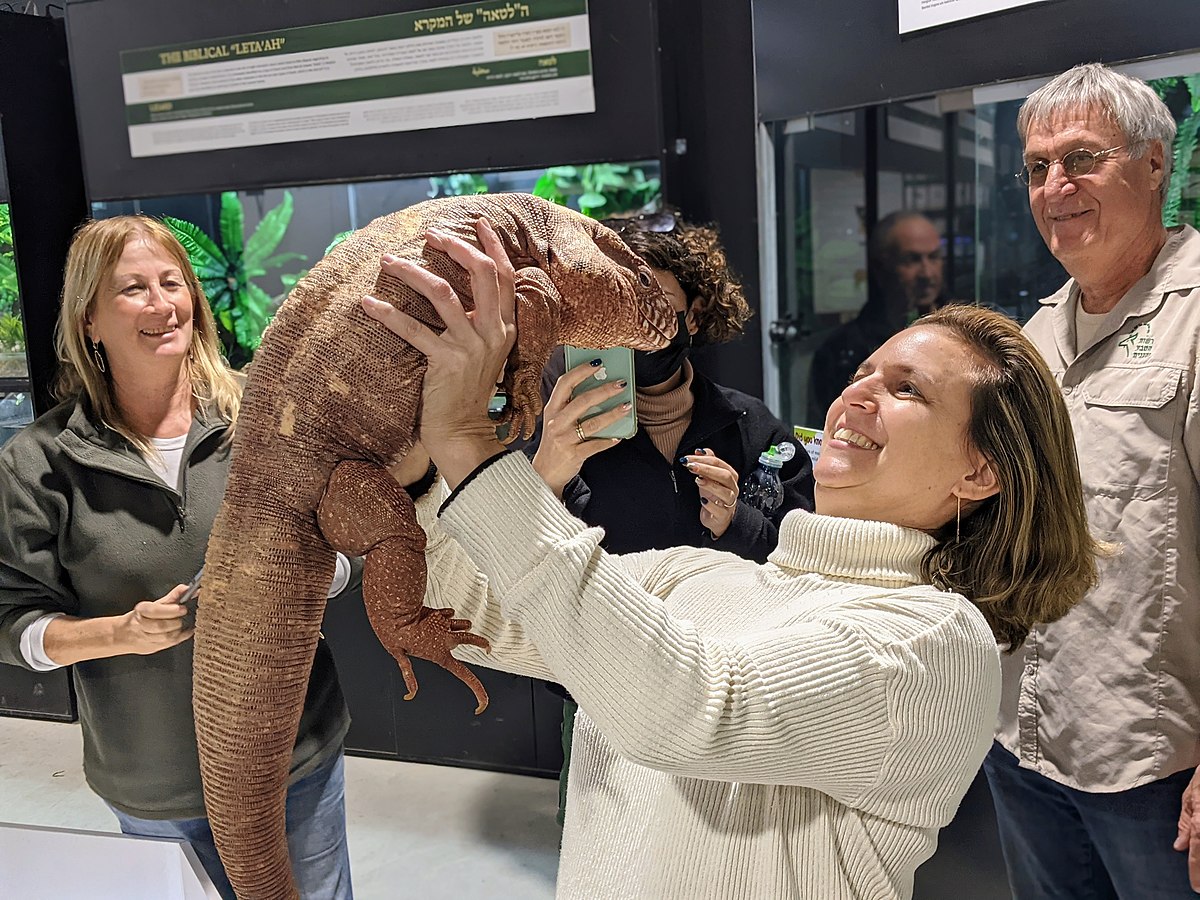





Leave a Reply